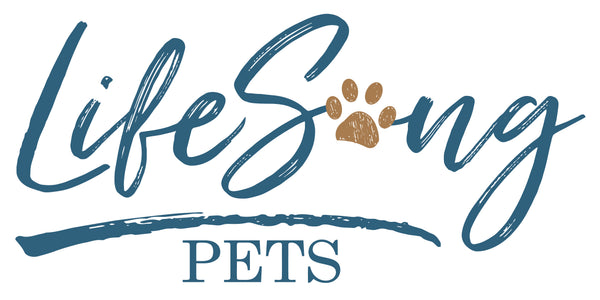
A Step-by-Step Guide on How to Cut Your Dog's Nails Safely and Stress-Free
LifeSong StaffUnderstanding the Anatomy:
Before diving into the nail-cutting process, it's crucial to understand the anatomy of your dog's nails. Dogs have a blood vessel called the quick, which runs through the center of each nail. Cutting into the quick can cause pain and bleeding. In dogs with light-colored nails, the quick is more visible, making it easier to avoid. However, in dogs with dark-colored nails, it can be challenging to identify, requiring extra care during the trimming process.Gathering the Right Tools:
To ensure a successful nail-cutting session, gather the necessary tools beforehand. You'll need a pair of quality dog nail clippers, which come in various types such as guillotine, scissor, or grinder-style clippers. Choose the one that you find most comfortable and suitable for your dog's nails. Additionally, having styptic powder or cornstarch on hand is essential to stop bleeding in case you accidentally cut into the quick.Creating a Positive Environment:
Setting the right atmosphere is crucial for a successful nail-trimming session. Start by choosing a quiet and well-lit area where you and your dog can comfortably sit. Have treats nearby to reward your dog for good behavior throughout the process. If your dog is particularly anxious about nail trimming, consider desensitizing them by gently touching their paws and nails regularly before attempting to cut.Getting Your Dog Comfortable:
Before you begin cutting, spend some time getting your dog comfortable with the idea of having their paws touched. Massage their paws, gently squeeze their toes, and reward them with treats to create positive associations. This process may take some time, especially for dogs that are new to nail trimming. Be patient and go at your dog's pace, ensuring that they feel secure and relaxed.Choosing the Right Time:
Timing is crucial when it comes to cutting your dog's nails. Opt for a time when your dog is calm and relaxed, perhaps after a walk or play session. Avoid attempting to trim their nails when they're excited or energetic, as this can lead to a more challenging experience for both of you.Step-by-Step Nail Cutting Guide:
1. Inspect the Nails:
Start by examining your dog's nails. Identify the quick and determine how much of the nail you can safely trim without cutting into the sensitive area. Look for any signs of cracks, splinters, or foreign objects lodged in the nails.
2. Hold Your Dog's Paw:
Gently hold your dog's paw, ensuring a firm yet gentle grip. This helps prevent sudden movements and provides you with better control during the trimming process.
3. Trim Small Amounts:
Begin by trimming small amounts of the nail at a time. Gradually work your way towards the desired length, especially if your dog has dark-colored nails. This cautious approach minimizes the risk of cutting into the quick.
4. Use Proper Technique:
Depending on the type of clippers you're using, employ the appropriate technique. For guillotine-style clippers, position the tool perpendicular to the nail, while scissor-style clippers should be held parallel to the nail. Make slow, deliberate cuts to avoid any accidents.
5. Watch for Signs of Distress:
Pay close attention to your dog's body language. If they show signs of distress, such as pulling away, whimpering, or becoming tense, take a break and reassure them. Resume the process once your dog has calmed down.
6. File the Nails (Optional):
After trimming, you can use a nail file to smooth any rough edges. This step is especially useful for preventing snagging and discomfort for both your dog and yourself.
7. Reward and Praise:
Immediately after trimming, reward your dog with treats and praise. Positive reinforcement helps create a positive association with the nail-cutting experience, making future sessions more manageable.
8. Take Breaks If Needed:
If your dog becomes too stressed or anxious during the process, don't hesitate to take breaks. Gradually increase the duration of the sessions as your dog becomes more accustomed to the nail-cutting routine.
